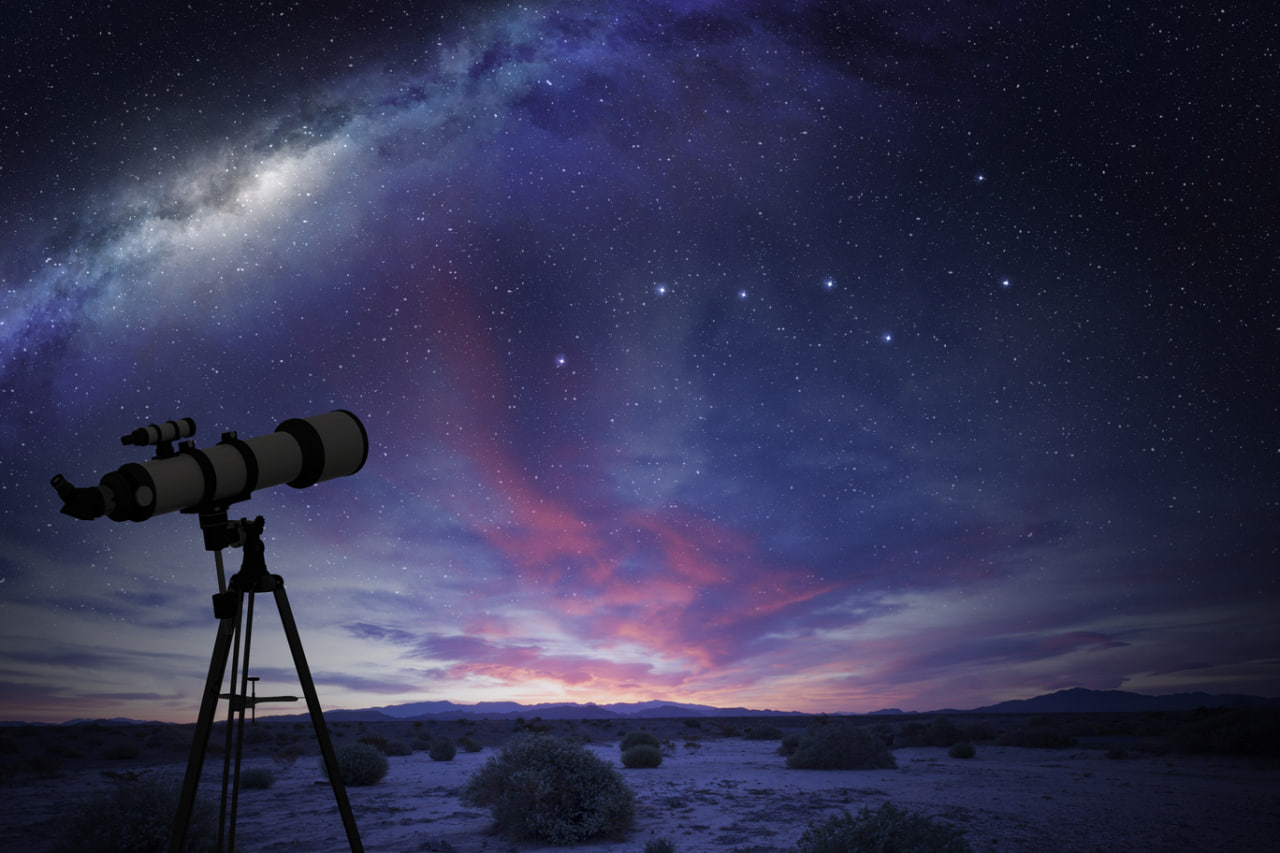Stars, Galaxies, and Beyond: Mapping the Universe
The night sky has captivated humanity for millennia, inspiring wonder, mythology, and scientific inquiry. What began as simple observations of stars has evolved into a complex understanding of galaxies, nebulae, and the vast cosmic web that stretches across the universe. Mapping the cosmos allows astronomers to chart distances, identify structures, and explore the forces shaping everything from individual stars to sprawling galactic clusters. Through careful observation and advanced technology, we are gradually revealing the architecture of the universe and our place within it.
The Nature of Stars
Stars are the building blocks of galaxies, massive spheres of plasma that produce energy through nuclear fusion. Their light, color, and behavior provide clues about their composition, age, and life cycle. From young, blue stars burning hot to old, red giants approaching the end of their lives, stars exhibit incredible diversity.
Studying stars involves measuring brightness, temperature, and spectral lines, allowing astronomers to classify them and predict their evolution. Observing variable stars, binary systems, and stellar remnants such as white dwarfs and neutron stars provides insight into fundamental processes of astrophysics. The death of massive stars in supernova explosions seeds the cosmos with heavy elements, forming the raw materials for new stars, planets, and even life itself.
Galaxies: Islands in the Cosmos
Galaxies are vast collections of stars, gas, dust, and dark matter bound together by gravity. They come in a variety of shapes and sizes, from elegant spiral galaxies with winding arms to massive elliptical galaxies containing trillions of stars. Irregular galaxies defy classification, often resulting from gravitational interactions or collisions.
Mapping galaxies helps scientists understand the structure and evolution of the universe. Observations reveal that galaxies cluster together into groups, clusters, and superclusters, forming a cosmic web of immense scale. Studying galaxy formation and interaction provides clues about dark matter, dark energy, and the expansion of the universe. Each galaxy, from our Milky Way to the most distant observable objects, serves as a laboratory for understanding stellar evolution, gravitational dynamics, and cosmic history.
Nebulae and Cosmic Clouds
Between stars lie nebulae—vast clouds of gas and dust that are often sites of star formation or remnants of stellar death. Emission nebulae glow with energy from nearby stars, while dark nebulae obscure light and reveal the complex structure of interstellar material. Planetary nebulae, formed from dying stars, contribute to the cycle of matter in the galaxy.
Observing nebulae allows astronomers to study the conditions under which stars are born and how they interact with their environment. The intricate shapes, colors, and compositions of nebulae offer insight into astrophysical processes, including gas dynamics, magnetic fields, and radiation pressure.
Mapping Techniques: From Naked Eye to Advanced Telescopes
Mapping the universe relies on increasingly sophisticated tools. Early astronomers charted stars and constellations with the naked eye, creating foundational maps that guided navigation and cultural storytelling. The invention of telescopes revolutionized this process, revealing faint stars, distant galaxies, and subtle cosmic phenomena.
Modern astronomy employs a range of instruments, including optical telescopes, radio arrays, space observatories, and satellites. Techniques like spectroscopy, photometry, and interferometry allow precise measurement of stellar properties, galactic motion, and cosmic distances. Space-based observatories, such as the Hubble Space Telescope, have extended our reach beyond the limits of Earth’s atmosphere, capturing high-resolution images of galaxies billions of light-years away.
The Role of Redshift and Cosmic Distance
Measuring distances in the universe is a fundamental challenge. Astronomers use redshift—the stretching of light from distant objects due to cosmic expansion—as a primary tool for determining how far away galaxies are and how fast they are moving. This information helps construct three-dimensional maps of the universe and provides evidence for the Big Bang and ongoing expansion.
Standard candles, such as Cepheid variables and Type Ia supernovae, serve as reliable markers for estimating distances. By combining these methods, scientists can chart the location, movement, and evolution of countless cosmic objects, building a detailed picture of the universe’s structure over time.
Dark Matter, Dark Energy, and the Cosmic Web
Mapping visible matter alone is insufficient to explain the universe’s behavior. Observations of galaxy rotation curves, gravitational lensing, and large-scale structure indicate the presence of dark matter—an invisible form of mass that exerts gravitational influence but emits no light.
Even more mysterious is dark energy, a force driving the accelerated expansion of the universe. Together, dark matter and dark energy dominate the cosmos, shaping the distribution of galaxies and influencing the universe’s ultimate fate. The cosmic web, a network of filaments connecting clusters of galaxies, is largely governed by these unseen forces, and mapping it reveals the underlying scaffolding of the universe.
Beyond the Observable Universe
While telescopes can detect light from billions of galaxies, the universe extends far beyond what we can currently observe. The observable universe is limited by the speed of light and the age of the cosmos, leaving vast regions still hidden from view. Scientists use theoretical models, simulations, and indirect observations to infer the structure and properties of these distant realms.
Exploring beyond the observable universe pushes the boundaries of knowledge and imagination. It challenges assumptions, drives technological advancement, and inspires philosophical reflection about humanity’s place in the cosmos.
Citizen Science and Amateur Contributions
Astronomy is unique in that enthusiasts can make meaningful contributions. Amateur astronomers track variable stars, discover comets, and monitor transient events like supernovae. Citizen science projects, online databases, and collaborative networks enable individuals worldwide to participate in mapping the sky and analyzing vast datasets.
Engaging with astronomy at this level fosters observational skills, critical thinking, and scientific literacy. By contributing to the collective effort of mapping the universe, participants join a global community of discovery, observation, and wonder.
The Universe as a Map of Knowledge
Stars, galaxies, and cosmic structures form a vast map that reflects both physical reality and human curiosity. Every observation, measurement, and discovery adds detail to this cosmic atlas, revealing patterns, connections, and mysteries. Mapping the universe is not only a scientific endeavor but a journey of understanding, bridging the gap between the familiar night sky and the deep, distant realms of space.
Through the study of stars, galaxies, and cosmic phenomena, humanity gains perspective, inspiration, and knowledge—charting a path through the universe while deepening our connection to the cosmos and to one another.

